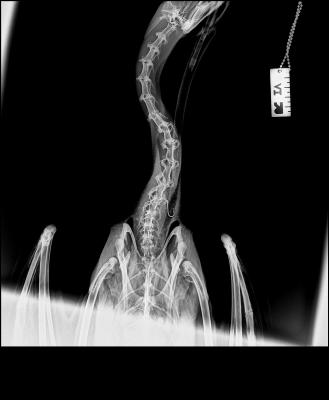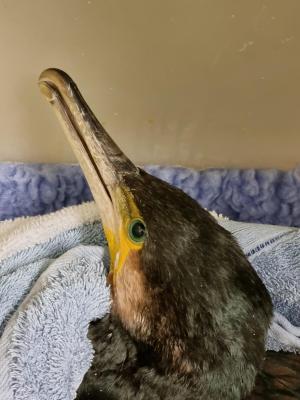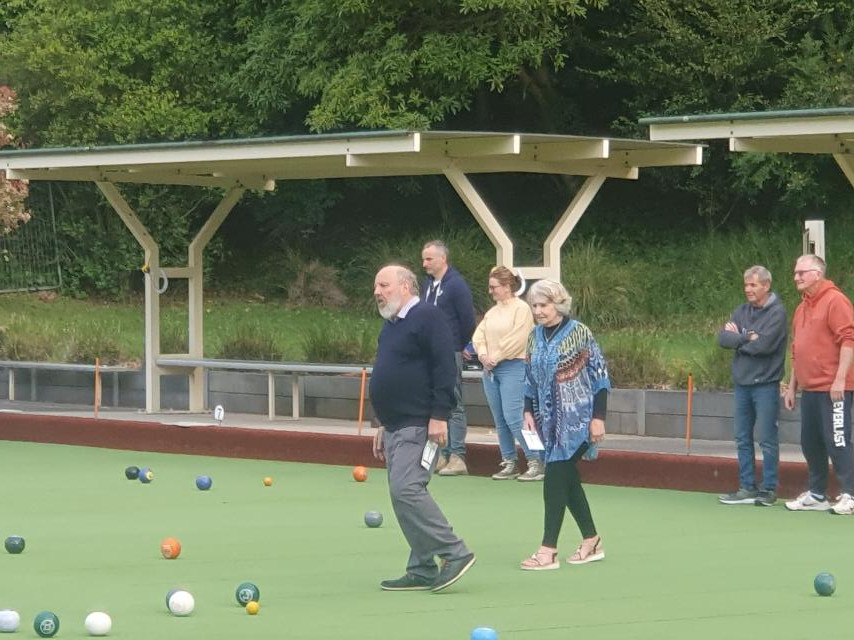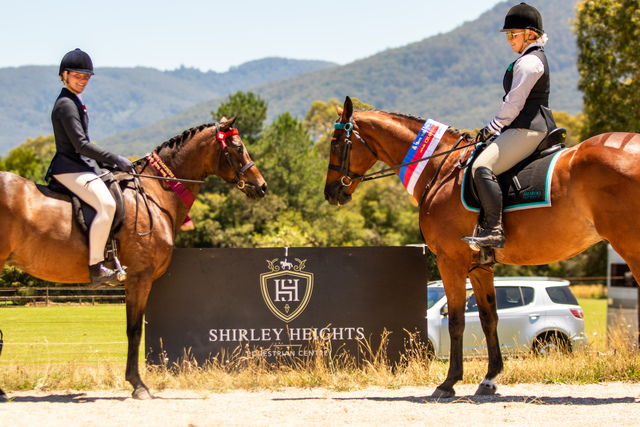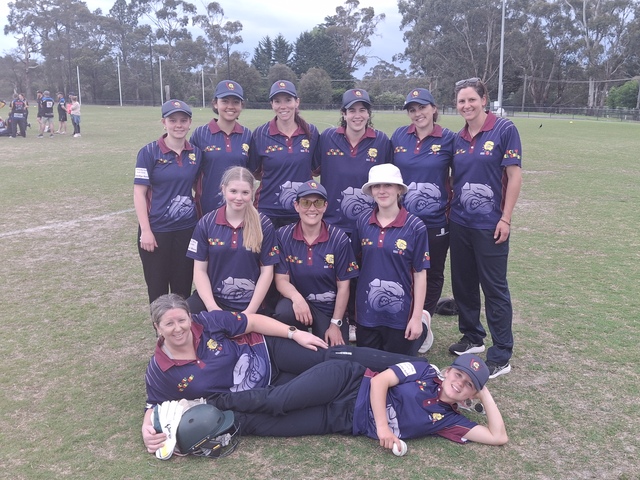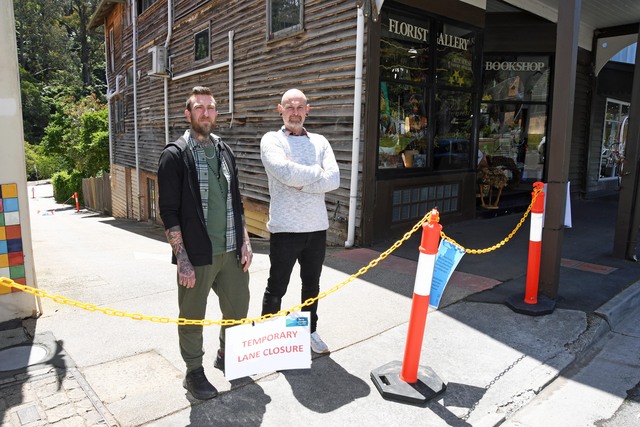A Great Cormorant has survived swallowing a fishing line – complete with hook – thanks to the expert medical care from the team at Healesville Sanctuary’s Australian Wildlife Health Centre.
Underweight at just two kilograms, the native bird was found in Pakenham, in Melbourne’s south-east, with a quick thinking wildlife carer transporting him 57 kilometres to the Sanctuary.
Healesville Sanctuary Veterinary Nurse Melissa Williamson said X-rays showed a fishing hook at the base of the bird’s neck (thoracic inlet) attached to the fishing line, which the veterinary team was able to remove via a small incision in the neck.
“The bird was given medications to prevent infection and pain, and was then able to be safely returned to his home in the wild,” Ms Williamson said.
“Unfortunately, we often come across sea birds such as the Great Cormorant species having ingested a fishhook or even multiple fishhooks. This bird was lucky that he was brought to the Sanctuary so quickly.”
Zoos Victoria’s Seal the Loop campaign encourages everyone to remove litter from waterways to prevent potentially harmful materials threatening wildlife.
There are more than 300 brightly coloured Seal the Loop bins all around Victoria’s coastlines and waterways.
Zoos Victoria’s three zoos – Werribee Open Range Zoo, Melbourne Zoo and Healesville Sanctuary – are currently closed to members and visitors in line with current COVIDSafe directions.
However, animal lovers at home can stay connected through Zoos Victoria’s Animals at Home live stream cameras at zoo.org.au/animals-at-home

